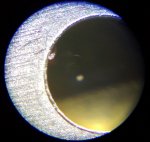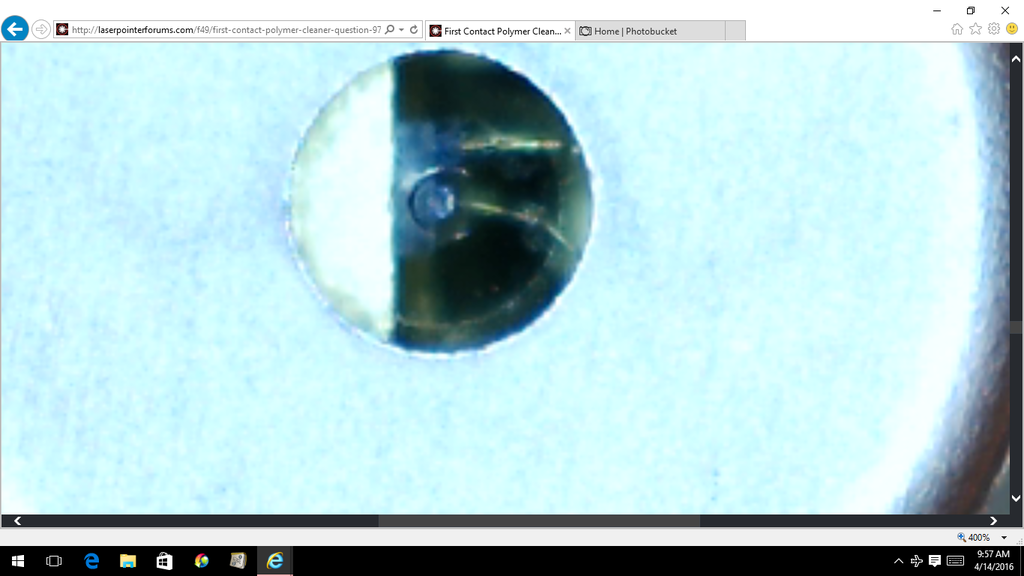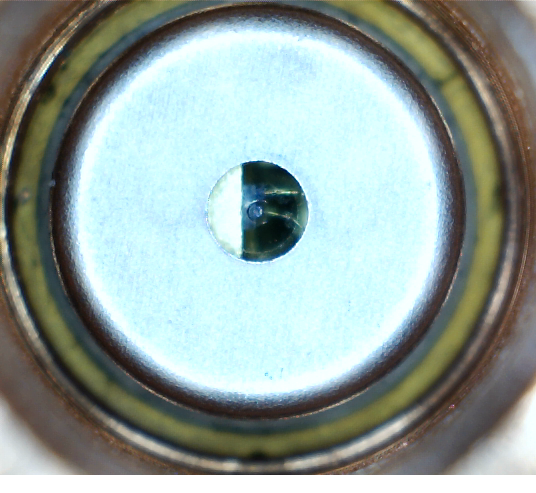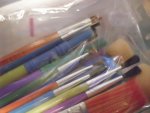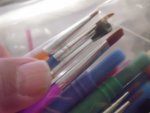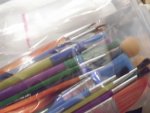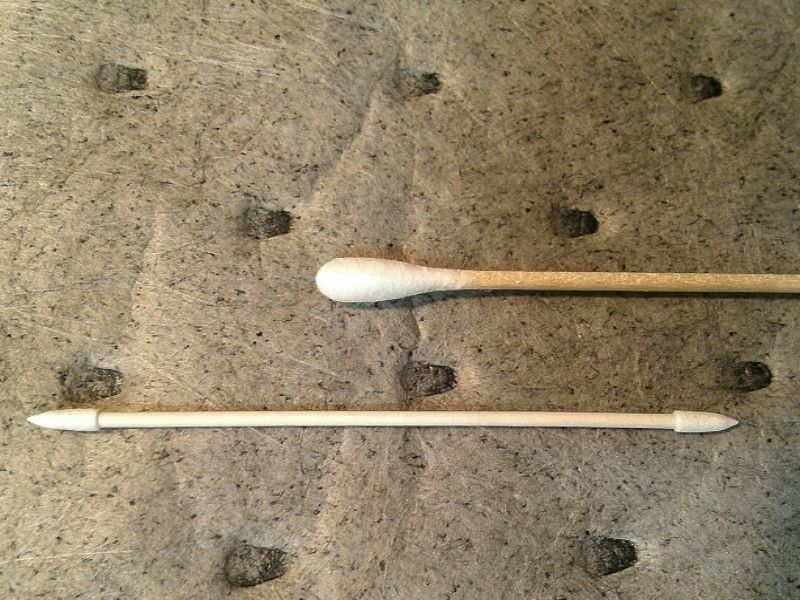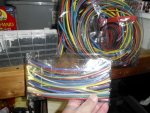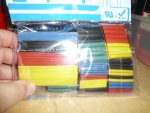Ricker
0
- Joined
- Oct 14, 2015
- Messages
- 721
- Points
- 93
Hey everyone, so recently I bought some of the marvelous First Contact cleaner, Photonic Cleaning Technologies - Atomically Clean Optics and Mirrors . This stuff is expensive but works almost flawlessly! And the almost is where the question comes in. See, as I use this stuff to clean my diode windows from a recent extraction, it works wonders but on some (well, most) of the diodes it leaves a little bit of the polymer left over right up against the wall of the window on the diode. Basically what I was wondering is if A. someone has experienced this and found a way to get rid of this left over substance, or B. if I turned on a, say, 7 Watt diode with a little bit of this on the edge would it be fine and just evaporate or ruin my window? Thanks for your time.
P.S. I've added quite a lot of drops to the window, AND on one of the diodes I've redone it 5 times trying to get it to "grab" the residue, which in the instructions is all it says to do if this happens, thanks again for your time!
Nate

Here's one of the diodes with the LEAST amount of residue left.

An idea of what's going on.

P.S. I've added quite a lot of drops to the window, AND on one of the diodes I've redone it 5 times trying to get it to "grab" the residue, which in the instructions is all it says to do if this happens, thanks again for your time!
Nate
Here's one of the diodes with the LEAST amount of residue left.
An idea of what's going on.


